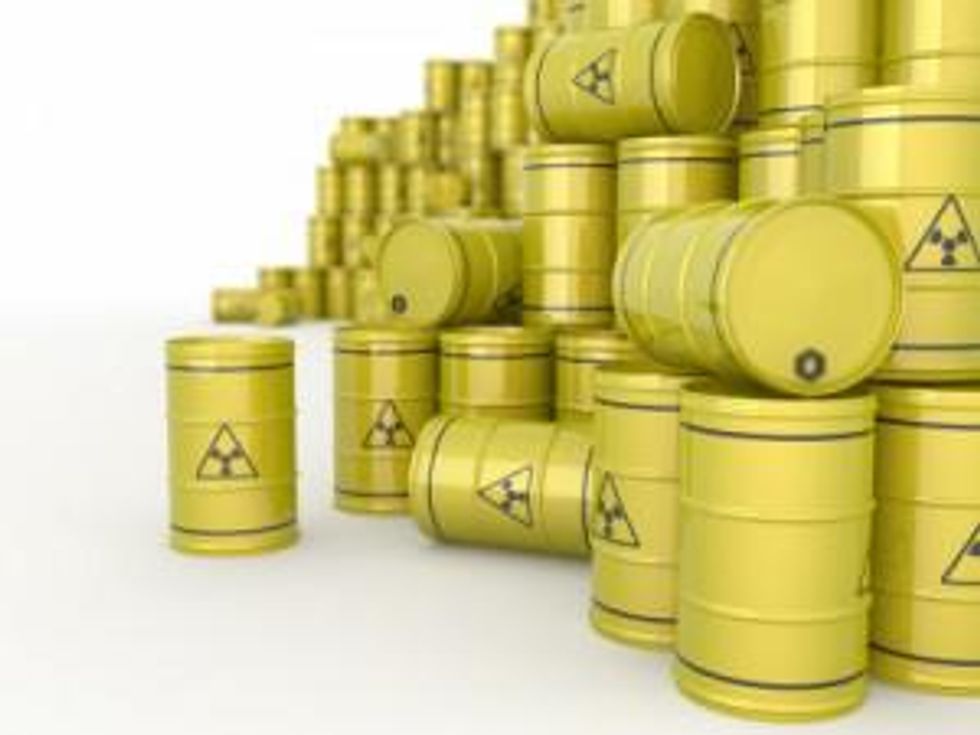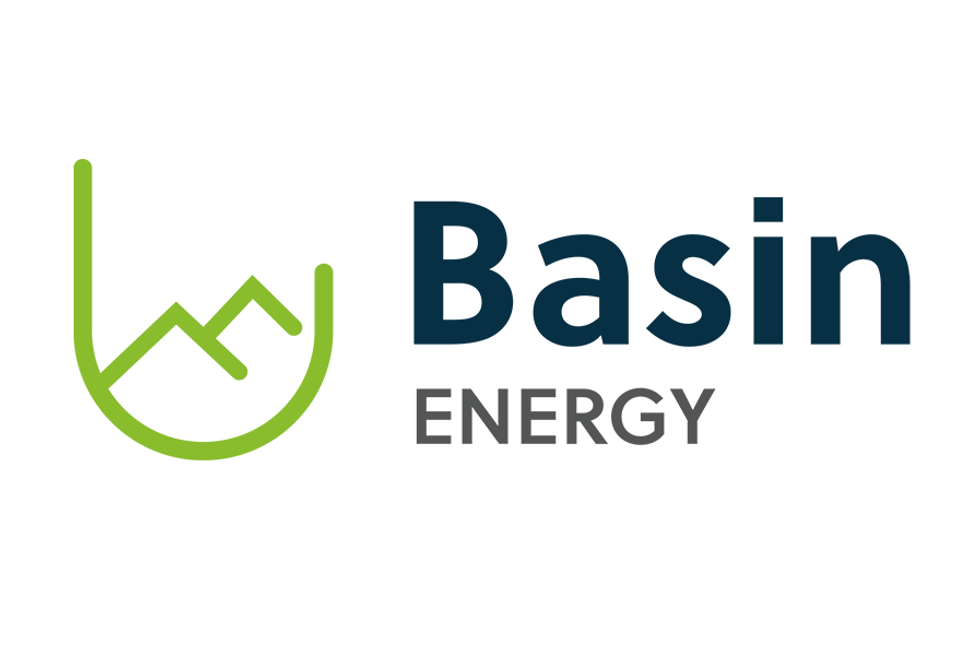Lackluster uranium spot market activity over the past few months is leading impatient investors to wonder if 2013 will truly be uranium’s comeback year.
During the last few months of 2012, analysts were predicting that 2013 would be a turnaround year for the uranium market. Now, the lackluster spot market activity of the past few months is leading impatient investors to wonder if those forecasts will come true. Encouragingly, most of the analysts and industry players that Uranium Investing News (UIN) has spoken with in recent weeks are still confident that the uranium sector is long overdue for a rally in not only the spot market, but also the junior mining sector.
Rob Chang, metals and mining equity analyst at Cantor Fitzgerald, told UIN by phone on Tuesday that he “expect[s] spot prices to pick up near the back of the year,” averaging about $55 a pound for 2013.
Speaking to UIN, Gold Stock Trades editor and longtime uranium buff Jeb Handwerger said a look at the technical chart for the price of uranium is already “showing that the two-year downtrend is breaking to the upside after bouncing off of three-year lows.”
A self-proclaimed long-term contrarian, Handwerger targets undervalued sectors with great long-term growth potential — of which the uranium market is a prime example. While other commodities have made significant gains following the 2008 financial crisis, uranium prices are down about 70 percent from their 2007 highs — a situation brought on by a natural disaster, not poor fundamentals.
“Uranium is one of the few commodities still heavily discounted compared to other commodities. The mispricing of the sector can largely be attributed to a lack of understanding — on the part of many investors — of the overall global fundamentals that are involved in the uranium sector,” said Handwerger. He believes governments, utilities and big-money investors are beginning to come around to the reality that nuclear power will be a part of the modern, global, industry-based economy, especially in Asia.
That global wake up is already having an impact on the junior uranium mining sector, as is evidenced by Alpha Minerals‘ (TSXV:AMW) stock performance — in November, February and most recently this week — following announcements of significant drill results from its Patterson Lake joint venture property in the Athabasca Basin.
Key catalysts will determine market direction
UIN asked both Chang and Handwerger to name the key catalysts that will affect the market in the next two years. Topping the list were: nuclear restarts in Japan, increased uranium buying and reactor builds in China, the end of the HEU agreement and new production coming online.
The main catalyst will be news from Japan on how many reactors will come online by the end of the year, said Chang. More nuclear reactor restarts are anticipated to begin when new official safety regulations from Japan’s Nuclear Regulation Authority (NRA) take effect; that is expected to happen in July 2013.
Bloomberg reported on Tuesday that a recent Japanese power company survey shows that “regulators probably won’t allow any more plants to start in 2013.” The article also includes a quote from Jonathan Hinze, a senior vice president at Ux Consulting, who said he doesn’t expect uranium spot prices to surpass $50 by the end of 2013. That’s because “much uncertainty” remains with regard to Japan’s nuclear program and “there continues to be an ample supply of uranium for near-term delivery.”
One NRA spokesman told Bloomberg that the agency doesn’t want to “delay the approval unnecessarily,” but wouldn’t comment on how long the approval process will take. Three of Japan’s top utilities companies have submitted plans to restart a total of six reactors in 2013, and Cameco (TSX:CCO,NYSE:CCJ) reported this week that utilities are accepting consignments of uranium under long-term contracts.
The analysts that UIN spoke with on Tuesday remain confident that the pro-nuclear Japanese government will push forward with reactor restarts. Chang said he expects between five and 10 reactors to come back online, while Handwerger told UIN that as a major industrial economy, Japan cannot survive without nuclear power to alleviate rising electricity costs. That issue was also discussed this week by Wall Street Journal reporter Mari Iwata.
“Eight of the nation’s nine utilities with nuclear-power plants have been posting losses because of the higher cost of buying imported fossil fuels” as the nation’s nuclear reactors sit idle, reported Iwata. In order to stave off possible bankruptcy, many utilities companies are unloading the burden of rising costs onto customers. Failure to restart operations at even a few of the idled reactors could result in a 10- to 20-percent increase in electricity prices this year, Mitsubishi Research Institute consultant Atsushi Suzuki told Iwata.
China’s ambitious nuclear power program is another anticipated catalyst. The Chinese government recently stated that it plans to increase its total nuclear power capacity by 20 percent in 2013, in part via the addition of 3.24 gigawatts of nuclear power. Thirty nuclear units currently under construction in China will add another 32.81 gigawatts to the country’s current capacity of 12.54 gigawatts.
Supply drives the market
There’s no doubt that the demand side of uranium’s long-term fundamentals will remain stable in the years to come; rather, it’s the “supply side that’s the drive of the equation,” said Chang. The close of the US-Russian HEU Agreement at the end of this year will take up to 24 million pounds of annual uranium supply — about one-fifth of total global supply — out of the market. That factor, along with key mine closures, shelved expansion projects and deferred production due to low uranium prices, is leading to a projected supply deficit.
Other key supply-side catalysts include the long-awaited opening of Cameco’s Cigar Lake uranium mine in Saskatchewan, and to a lesser degree, production out of Uranerz Energy’s (TSX:URZ,AMEX:URZ) Nichols Ranch ISR mine and Ur-Energy’s (TSX:URE,AMEX:URG) Lost Creek project, both in Wyoming. Production is slated to commence at Cigar Lake — the world’s second-largest high-grade uranium deposit — as well as Nichols Ranch and Lost Creek, this year; however, when and if this new production will have a significant impact on the spot market depends largely upon the rate at which the companies in charge of them are able to increase production, said Chang.
M&A activity set to continue
Bargain-basement evaluations in the uranium mining sector have led to significant merger and acquisition activity in the past few years. Most notable are Rio Tinto’s (ASX:RIO,NYSE:RIO,LSE:RIO) takeover of Hathor Exploration, Denison Mines’ (TSE:DML,AMEX:DNN) acquisition of Fission Energy (TSXV:FIS), Energy Fuels’ (TSX:EFR) acquisition of Denison’s assets and operations in the United States and the buyout of Uranium One (TSX:UUU) by Russia’s ARMZ. Both Chang and Handwerger expect M&A activity to increase in the second half of this year, with Denison, Paladin Energy (TSX:PDN,ASX:PDN) and Uranerz being likely targets. “M&A activity will continue as long as prices are low and companies are able to pick up properties for cheap,” said Chang, who expects consolidation of land packages to be a major factor in determining which properties to pick up.
“The big players are shelving large capex projects and looking for low-cost projects,” explained Handwerger. “They know they have to readjust their strategy and look for assets that may not be large, but don’t require large capital expenditures, which is why I see a focus on the Athabasca Basin. It’s got the highest grades in the world and the lowest-cost production.” Along with Denison and Paladin, Handwerger views Athabasca Uranium (TSX:UAX), an early-stage exploration company that holds the Keefe Lake property, as a potential target for land consolidation in this area.
Handwerger also likes Wyoming-based plays given the disparity between the United States’ annual uranium consumption rate and actual domestic production — the US produces less than 4 million pounds of U3O8 annually compared to the 55 million pounds consumed by its 104 nuclear reactors each year. That, coupled with the push toward energy security, has created the perfect storm for low-cost, near-term producers like Uranerz and Ur-Energy. With Cameco active in Wyoming, these two projects are prime takeover targets.
Securities Disclosure: I, Melissa Pistilli, hold no direct investment interest in any company mentioned in this article.
Jeb Handwerger holds investment interest in Pele Mountain Resources (TSXV:GEM), Denison Mines, Ur-Energy, Uranerz Energy, Athabasca Uranium and Energy Fuels.
Jeb is offering ideas for your consideration and education. We are not offering financial advice. None of our content is provided to invite or encourage any person to make any kind of investment decision. We are not financial advisors. We advise you to consult with a professional financial and investment advisor before relying on any content. Please do your own due diligence!
We are sharing our ideas for educational and informational purposes only. You must do your own due diligence and are responsible for your own investments.
Related reading:
Russia’s Buyout of Uranium One Positive Signal for Uranium Market
Mali, Niger Unrest Highlights Need for Uranium Asset Diversification






